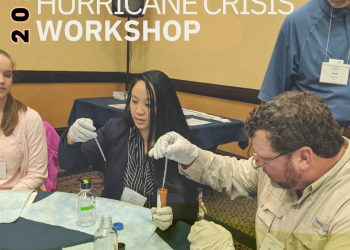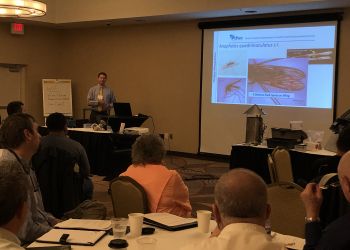In May 2018, the U.S. Environmental Protection Agency (EPA) convened a two-day National Leadership Summit on Per- and Polyfluoroalkyl Substances (PFAS) in Washington, D.C. that brought together more than 200 federal, state, and local leaders from across the country to discuss steps to address PFAS. Following the Summit, the agency hosted a series of visits during the summer of 2018 in communities directly impacted by PFAS. EPA interacted with more than 1,000 people during community engagement events in Exeter, New Hampshire, Horsham, Pennsylvania, Colorado Springs, Colorado, Fayetteville, North Carolina, and Leavenworth, Kansas as well as through a roundtable in Kalamazoo, Michigan and events with tribal representatives in Spokane, Washington.
Based on feedback from these events, in addition to information received from approximately 120,000 comments submitted to the public docket, EPA announced a PFAS Action Plan in February 2019.
This PFAS Action Plan represents the first time EPA has built a multi-media, multi-program, national communication and research plan to address an emerging environmental challenge like PFAS. EPA’s Action Plan identifies both short-term solutions for addressing these chemicals and long-term strategies that will help provide the tools and technologies states, tribes, and local communities need to provide clean and safe drinking water to their residents and to address PFAS at the source—even before it gets into the water.






